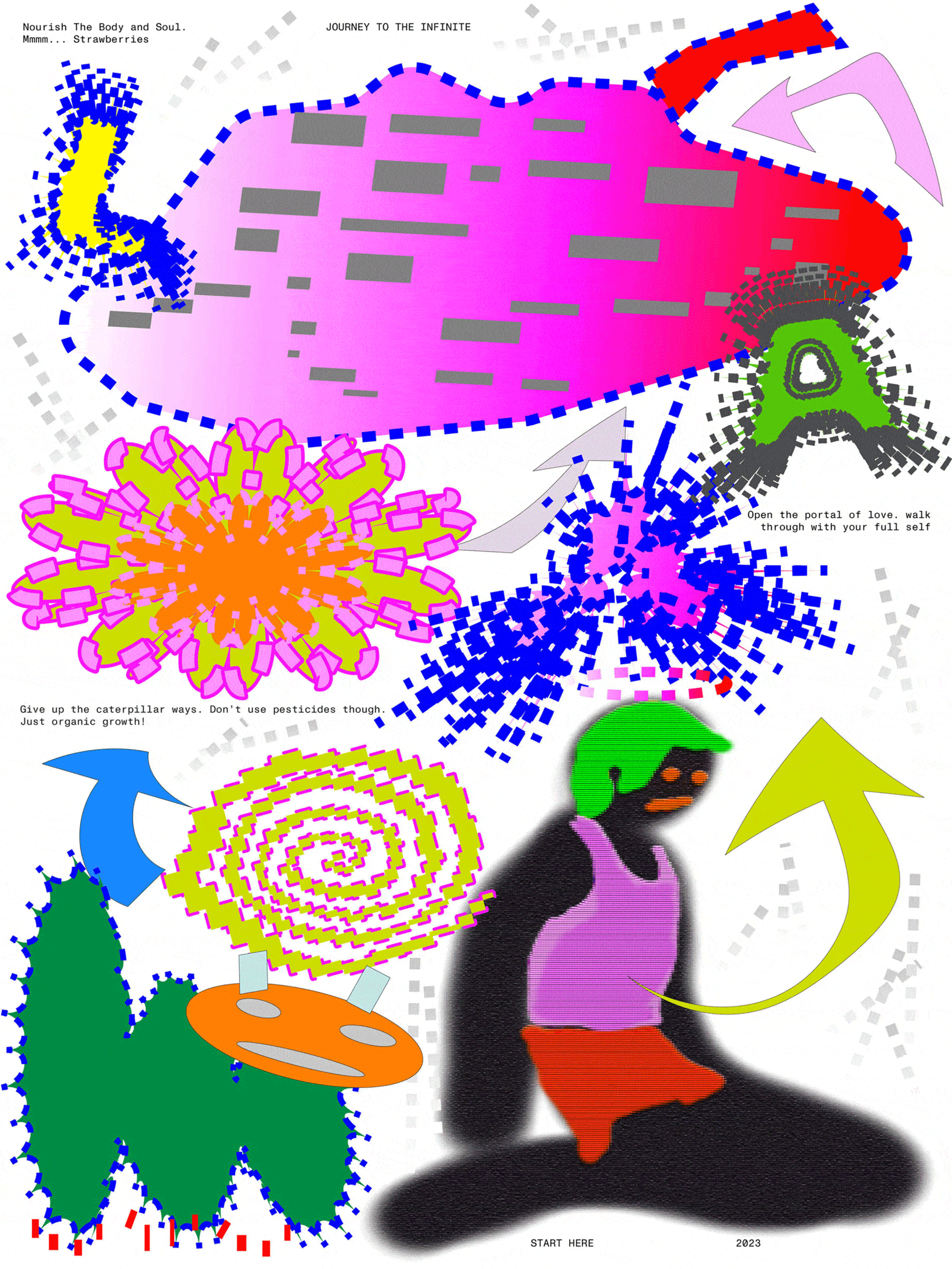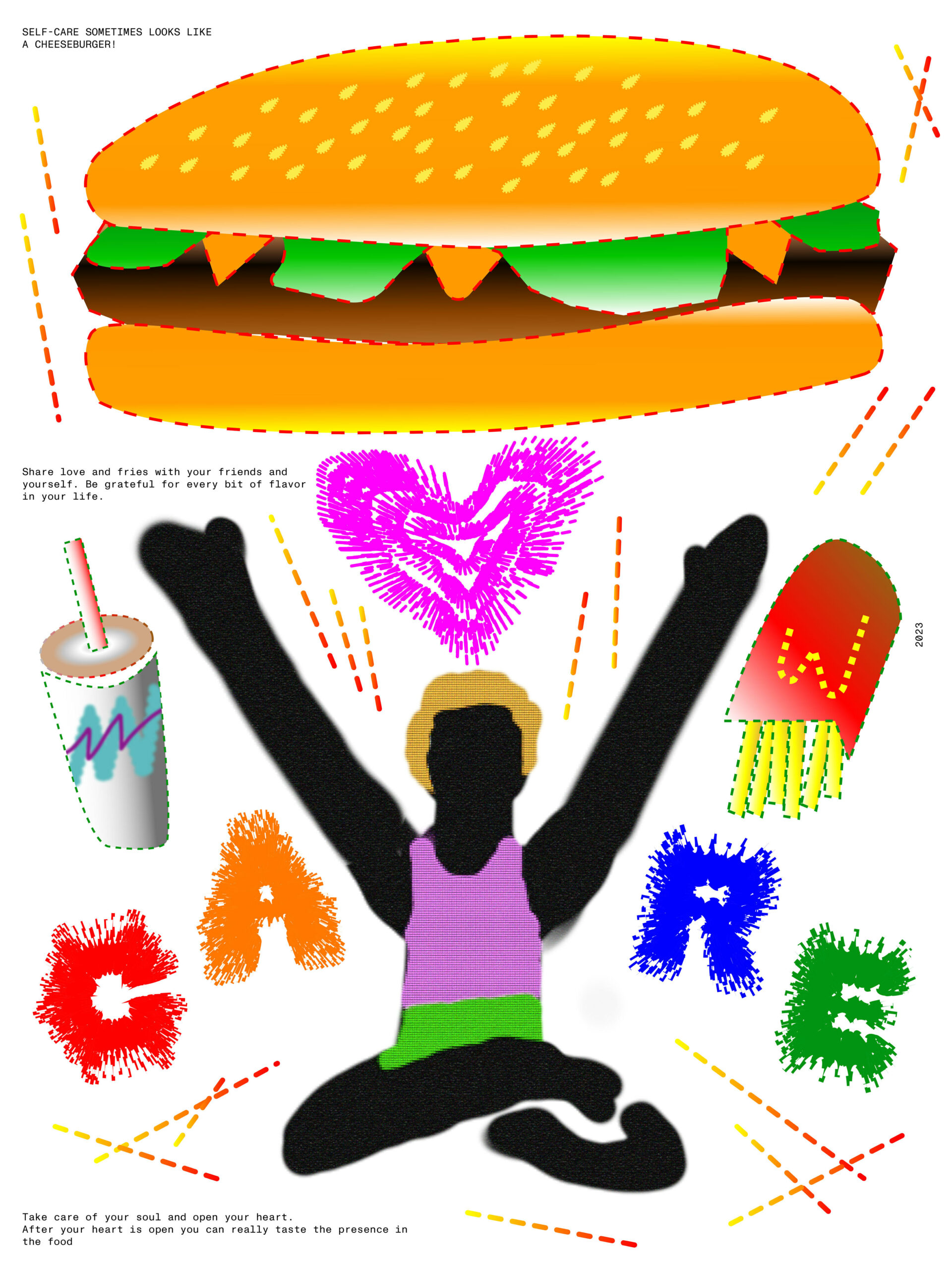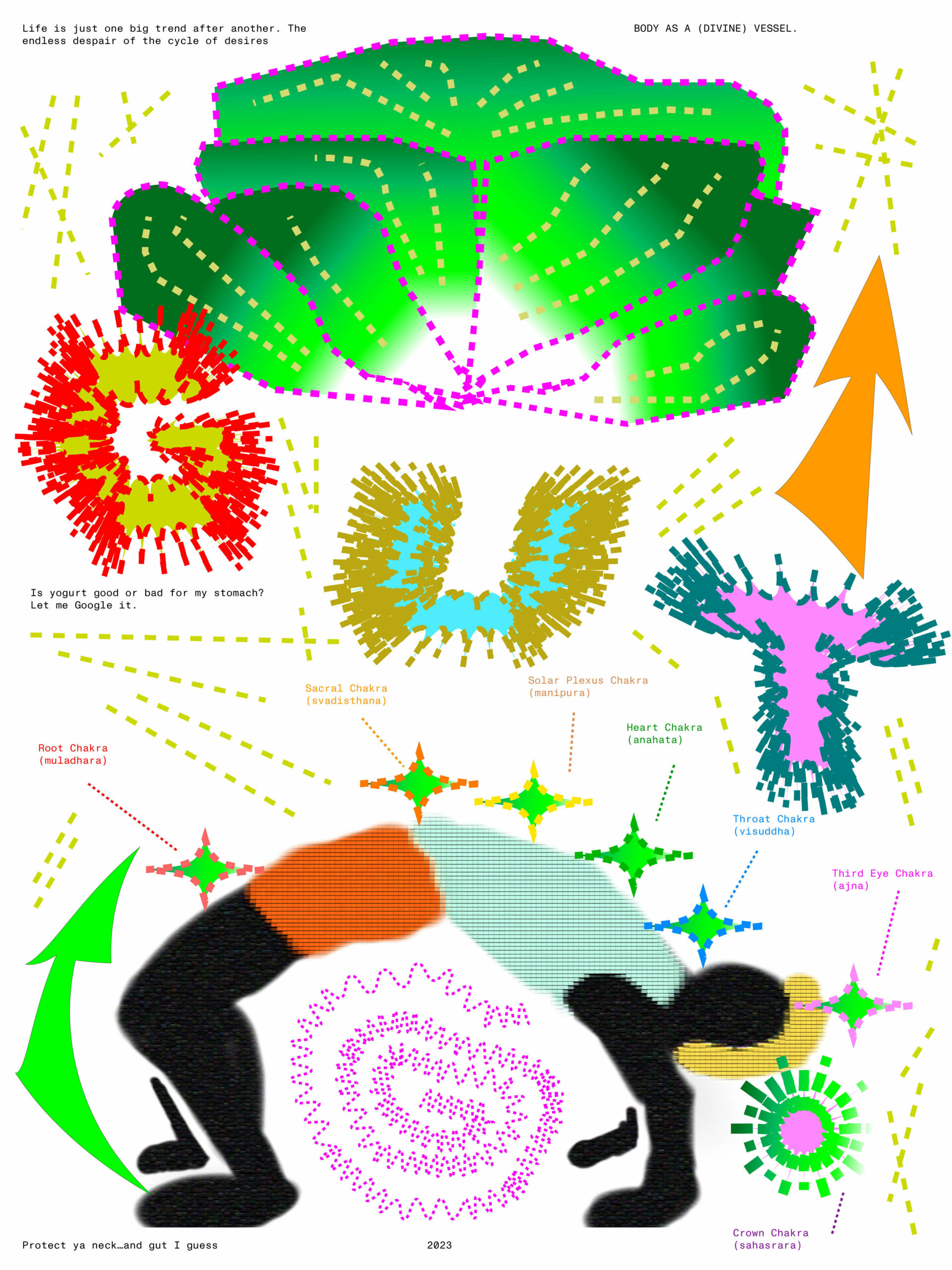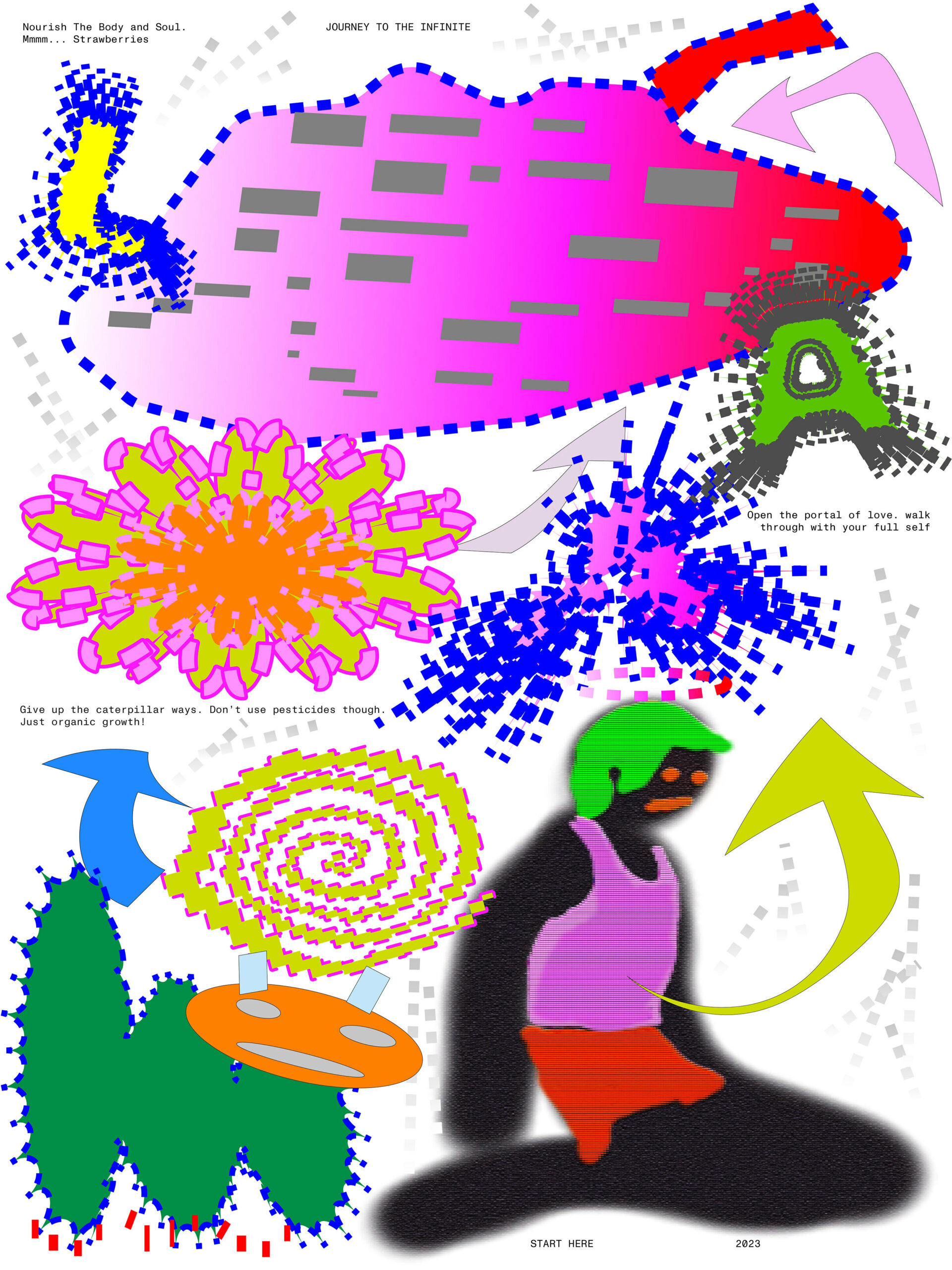From the healing principles of Ayurveda to Indigenous medicinal practices, people have long understood the ways that food is inextricable from health. Teachings from traditional Chinese medicine, which aggregate around the profound relationship between food, health, and disease, understand food to be more than a treatment, but rather a durational commitment to nurturing our bodies in harmony with the laws of Nature with the goal of preventing future disease. Today, health remains one of the most prevalent interfaces through which we understand our bodies in relation to the environment. Through the looking glass of the capitalist gaze,an onslaught of messaging and branded goods lay claim to “what’s best” for the care and keeping of us. The commodification of health into a market is projected to increase in value to 7 trillion dollars by 2025. In this new series from MOLD, we seek to untangle these narratives and consider food’s role in the ongoing maintenance of our bodies, our communities, and the Earth.
We start the series by examining the relationship between wellness and capital, analyzing how this dialectic has shaped our modern attitudes towards health. I trace the history of popular Los Angeles grocery store Erewhon, dubbed by TikTok as “the Most Expensive Grocery Store in America,” to understand the evolution of how health, wellness, and organic produce have come to be coded as luxury goods. Beneath the veneer of celebrity endorsements and pre-packaged adaptogens, the grocery’s origins as a Japanese American small business that became a mecca for macrobiotics lends perspective to Erewhon’s role in shaping the organic agriculture movement and how we eat in relation to the environment today. Fermentation and microbe researcher Maya Hey goes on to ask a difficult question — is eating fermented foods really that good for you? She tackles ‘gut-hype’, unpacking the cult of the microbiome which has come to define contemporary discourse around diet and wellness.
Next, Asmeret Berhe-Lumax, founder of One Love Community Fridge, asks how food can be extended to address community health. She reflects on how initiatives like the network of Brooklyn community fridges her organization supports can serve as public health infrastructure in neighborhoods that lack access to fresh food. To round out the series, Chef Kia Damon writes about the rituals of self care that live outside of typical matrices of health and wellness as well as one essential ingredient for nourishment—connection.
As we close out Earth Month—a month-long meditation on our planetary future—the topic of health can be fertile ground for a deeper understanding that care for our Earth IS care for self. As George Ohsawa taught, “the body and earth are not two.”
With hope and gratitude,
Isabel



